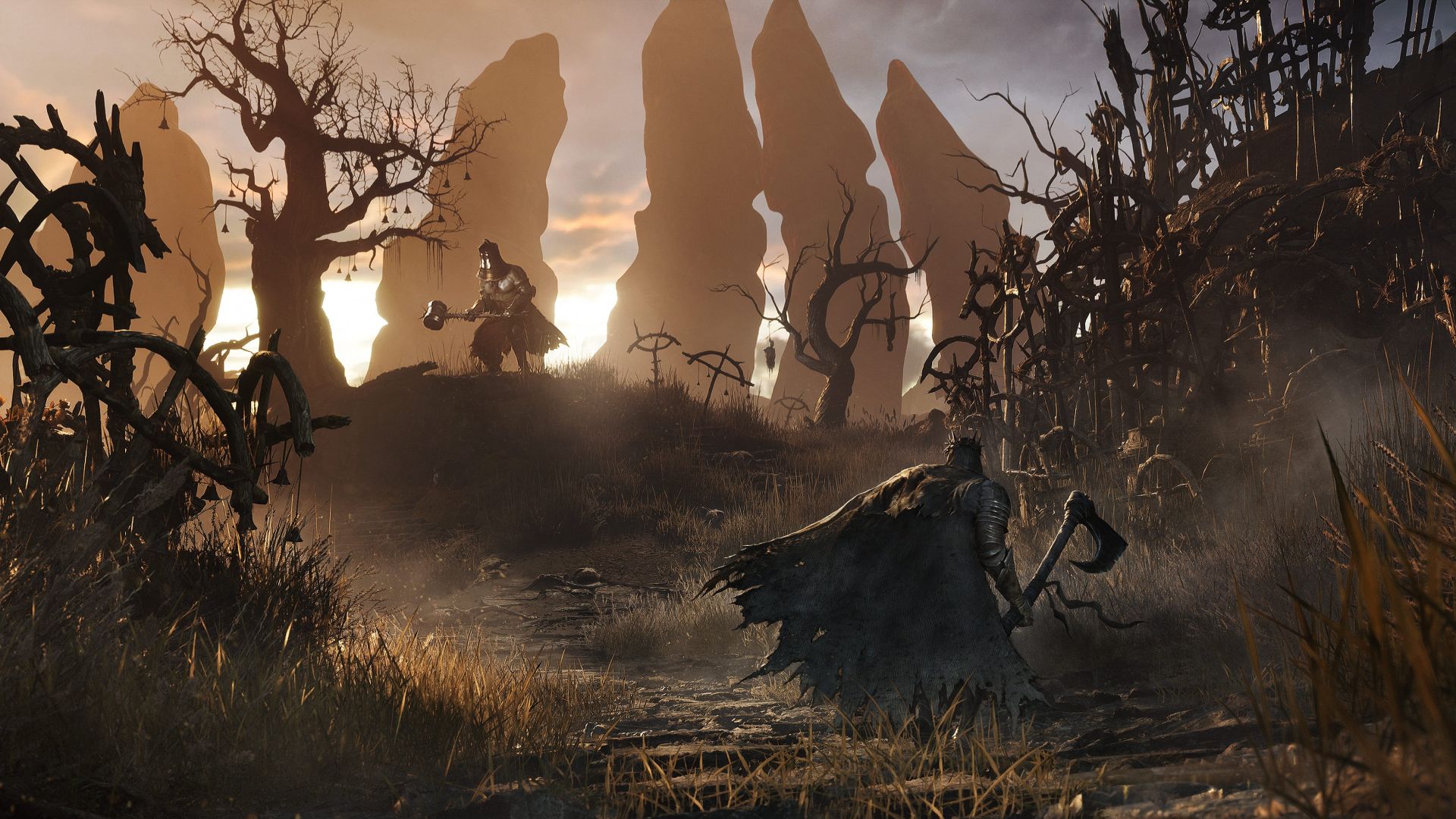I posted this in a dumber thread, but I decided to take a quick look at fortnite to see what the performance is like with nanite and virtual shadow maps. I play fortnite with everything on low (including textures) except view distance epic, lumen off, nanite geometry on, and DLSS Quality at 1440p. I have an RTX 3080 10GB. Landed in a quiet spot and was getting 170 fps at that particular view. Turned on virtual shadow maps (medium is the lowest setting) and my fps dropped to 120. Changed virtual shadow maps to ultra and my fps dropped to 90. Then I switched to TAA with 100% 3D resolution and my fps dropped to 65. And that's with textures, effects, post processing etc all turned to low. That was landing in a quiet area on a small hill overlooking some trees.
The cost of the virtual shadow maps is pretty high. I don't know how the settings in fortnite compare to the ones in Remnant (ie is the medium setting in both equivalent?). Just at a glance, the fortnite performance doesn't actually seem too far off of what I've seen of Remnant 2.
The cost of the virtual shadow maps is pretty high. I don't know how the settings in fortnite compare to the ones in Remnant (ie is the medium setting in both equivalent?). Just at a glance, the fortnite performance doesn't actually seem too far off of what I've seen of Remnant 2.


